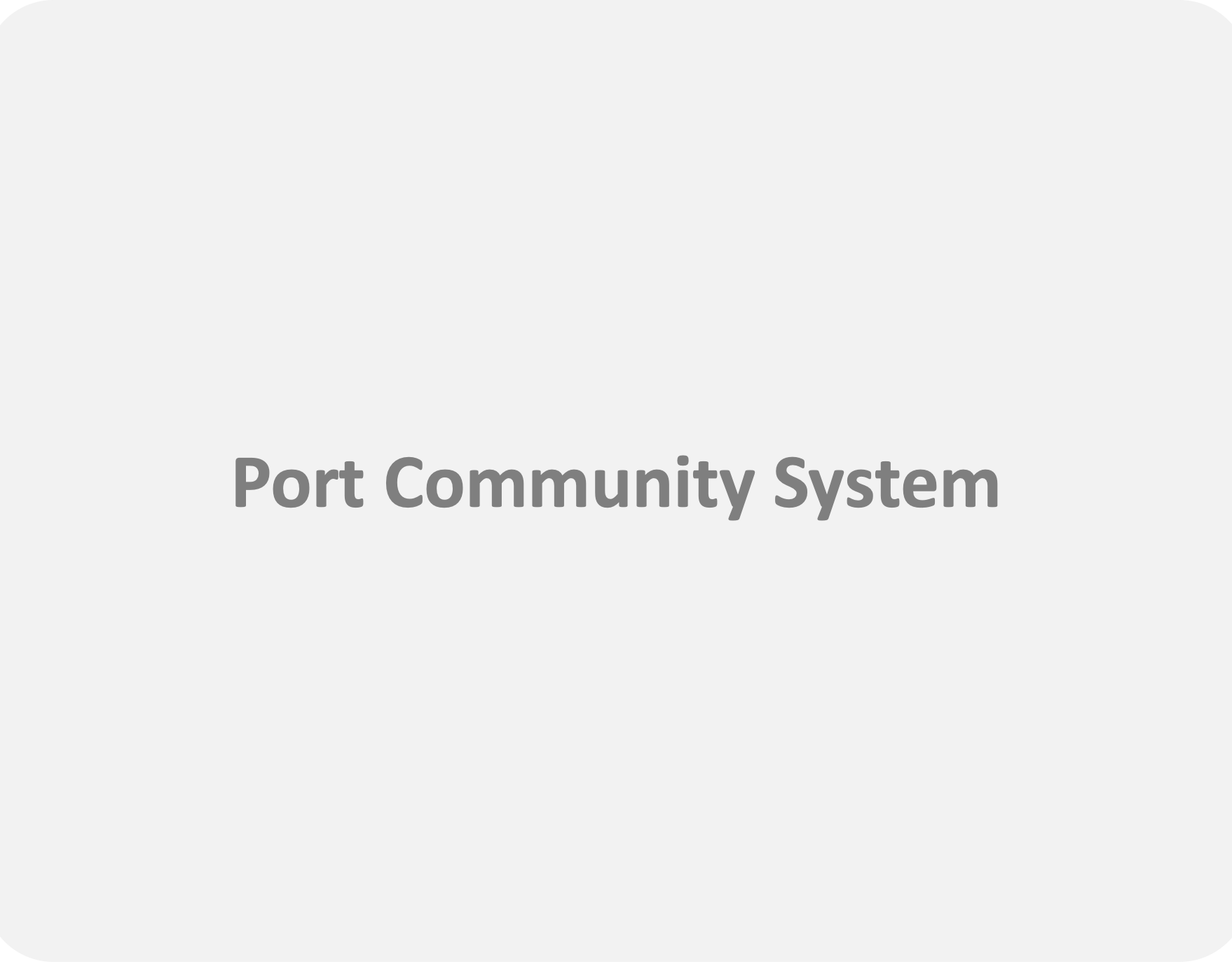Unpacking The Railyard
Socio-Economic-Political Fabric of Rail Operations
The Role of Freight Rail in U.S. Commerce
The American freight rail system is a cornerstone of national trade, linking regional economies and supporting international supply chains. Stretching across more than 140,000 miles of track, it moves billions of tons of goods each year with remarkable efficiency and reliability. Rail is often praised for its sustainability, offering a fuel‑efficient alternative to trucking while maintaining resilience in the face of economic and logistical challenges.
Class I Railroads and Shortlines
Class I Railroads and Shortlines
Class I Railroads: These large carriers dominate long‑haul freight movement across the country. Shortline Railroads: Smaller, locally managed operators that connect rural industries and communities to the broader network. They provide crucial first‑mile and last‑mile service for sectors such as agriculture, manufacturing, and energy.
Although shortlines are indispensable, they often struggle with limited investment, aging equipment, and restricted access to advanced technologies. These issues mirror challenges faced by larger railroads but are amplified by smaller budgets and fewer resources. Increasingly, shortlines are joining modernization efforts, experimenting with mobile inventory systems, remote diagnostics, and digital communication tools to boost efficiency and resilience. Ensuring their inclusion in industry‑wide innovation strategies is vital for a balanced freight ecosystem.
Railyards as Operational Hubs
Rail yards serve as the nerve centers of the freight network. They are where trains are assembled, cars are sorted, and service plans are carried out. Despite their importance, yard operations often suffer from inefficiencies, outdated practices, and fragmented communication. These problems are not only technical but also shaped by broader social, economic, and regulatory factors. As a result, yards remain both essential and challenging spaces within the rail system.
The Socio-Economic-Political Fabric of Rail Operations & the Impact of Modern Technologies Currently Piloted or Implemented by the Railroads.
Grasping the operational challenges of the U.S. freight rail sector requires more than a narrow technical lens, it demands an appreciation of the broader forces that shape its daily realities. The social, economic, and political structures surrounding the industry are not secondary; they form the foundation upon which work is organized, decisions are made, and stakeholder experiences unfold. These dimensions are most clearly expressed in the rail yard, where labor practices, regulatory frameworks, infrastructure constraints, and technological tools intersect in visible and often conflicting ways.
Social Fabric: Culture, Labor, & Field Realities
Freight rail in the United States is steeped in tradition, with a workforce that is highly skilled, strongly unionized, and deeply committed to safety. Roles such as conductor, engineer, and trainmaster embody discipline and reliability, but this same culture can make change difficult, especially when new technologies or workflows are introduced without careful alignment to everyday realities in the yard.
Crews work in demanding environments where safety rules shape how tools are handled and tasks are performed. For instance, conductors often leave company-issued tablets in locomotives or sheds, preferring paper-based methods that better suit their constant movement across tracks. While practical, these habits delay data entry, fragment communication, and increase reliance on memory or handwritten notes (Golightly, 2024).
Social dynamics also play a role. Trust between shippers and crews often bypasses formal systems. hippers may call conductors directly for updates or changes. This reliance on personal relationships highlights both the strength of informal networks and the shortcomings of digital tools in supporting transparent, real-time coordination.
Economic Fabric: Efficiency Pressures & Resource Constraints
The rail sector faces mounting economic pressures: rising labor costs, aging infrastructure, and growing demand for precision logistics. These forces expose the limits of manual workflows and siloed systems. Yard operations are slowed by bottlenecks in car classification, train assembly, and inventory reconciliation (North American Rail Industry Outlook 2025).
Trainmasters and yardmasters often spend hours manually drafting switch lists, coordinating moves over radio, and physically verifying car locations. Conductors rely on printed documents and handwritten notes, while engineers plan locomotive power based on inconsistent consist data. These inefficiencies reduce throughput, hinder asset utilization, and undermine billing accuracy, customer satisfaction, and compliance.
Customer service teams frequently operate reactively, learning about missed pickups or service failures only after complaints arise. Shippers face uncertainty in car availability and ETA accuracy, forcing them to depend on informal communication channels. The economic impact of these inefficiencies is magnified by the absence of automation and real-time visibility.
Political Fabric: Regulation, Infrastructure, and Trade
The political environment shapes rail operations through regulation, infrastructure policy, and trade dynamics. Misunderstandings about Federal Railroad Administration (FRA) rules on mobile devices have slowed innovation in field operations. While FRA prohibits personal device use for safety reasons, company-issued devices are permitted when used responsibly, yet this nuance is often overlooked or misapplied (Gorton, 2025).
Infrastructure funding decisions at federal and state levels. Such as investments in sidings, AEI readers, and yard modernization directly influence operational flexibility. Coordination among Class I railroads also affects interchange practices, which remain inconsistent and cause delays in car transfers and documentation.
Trade policy adds further complexity. Tariffs and nearshoring trends have shifted freight patterns, increasing demand for domestic rail services while introducing volatility in car availability and routing. Shippers expect railroads to adapt quickly, but regulatory and political constraints often slow the pace of change (Jefferies, 2025).
Convergence in the Yard: The System in Microcosm
The yard is where these social, economic, and political forces collide. Frontline workers must navigate incomplete data, delayed updates, and constant improvisation. It is not just a physical site of activity, it is a microcosm of the industry’s systemic challenges.
Temporal Compression and Decision Density: Yard decisions are made under intense time pressure, often with outdated or incomplete information. Trainmasters and conductors juggle car availability, customer instructions, track capacity, and locomotive readiness within narrow windows. When upstream data lags, the yard absorbs the shock.
Operational Improvisation: Crews adapt on the fly, rerouting cars, adjusting plans mid-task, and resolving exceptions through informal coordination. These improvisations reflect resilience, but also reveal gaps in formal systems.
Role Interdependence: Conductors, engineers, yardmasters, and customer service reps operate in tightly linked roles, yet often lack shared visibility. A conductor’s delay in updating movements can ripple into billing errors, customer dissatisfaction, and train delays.
Informal Governance: Beyond formal rulebooks and digital systems, the yard runs on unwritten norms, who gets called first, which instructions take priority, and how exceptions are handled. These informal rules often override formal workflows when urgency demands.
Feedback Loops and Visibility: The yard both consumes and produces critical system data. It depends on upstream inputs (car orders, service plans) and generates outputs (move confirmations, consist updates). When feedback loops are delayed or distorted, the yard becomes a blind spot, undermining planning and performance measurement.



